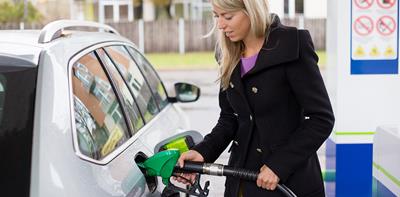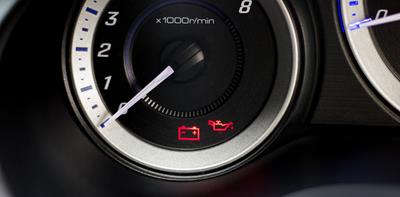
Filling up at the pumps is pretty straightforward. Most of us are used to doing it and don’t even give it a second thought.
But you might notice something a little different when refuelling: the arrival of E10 petrol labels on pumps
Starting in September 2021, ‘E10’ will become the standard petrol grade at almost all petrol stations across England, Scotland and Wales.
Know your fuel
The new label is simply a way of identifying which type of fuel is in the pump and how much renewable fuel it contains.
The E stands for ethanol and the 10 means it contains up to 10% renewable ethanol, up from 5% in E5 fuel. This is an attempt to reduce carbon dioxide (CO2) emissions associated with petrol vehicles and tackle climate change.
The change in fuel applies to petrol only. Diesel fuel will not be changing.
Is your car compatible?
Almost all (95%) petrol-powered vehicles on the road today can use E10 petrol, and all cars built since 2011 are compatible, according to the government.
If your car was made in 2019 or later then it should have an ‘E10’ and ‘E5’ label close to the filler cap showing the fuel it can use. You can also check your car, moped or motorbike with this government fuel compatibility checker[1].
Vehicles that may not be compatible include:
- Classic and older vehicles
- Some specific models, particularly those from the early 2000s
- Some mopeds, particularly those with an engine size of 50cc or under
If your vehicle isn’t compatible with the new fuel type, or you’re in any doubt, then continue to use E5 petrol in the ‘super’ grade (97+ octane), which will remain available at many larger filling stations.
If you have a classic or older car that isn’t included in the government’s checker tool, then you could try seeking advice from a garage or classic vehicle owners’ club or association. GoCompare[2] estimates that it will cost an average of £297 to pay a specialist mechanic to upgrade a classic car to make it compatible with E10 fuel.
If your car isn’t compatible with the new fuel and you accidentally fill up with it, don’t worry, you shouldn’t need to drain the tank. Just fill up with E5 (‘97+ octane) petrol next time. Using a single tank of E10 petrol in a vehicle that is not compatible should not be a major problem.
Don’t use E10 for your lawnmower
Some other equipment may not be compatible with E10 petrol including petrol-powered garden equipment or machinery, such as lawnmowers. Check your manual or ask the manufacturer or dealer before using the new fuel.
Reducing emissions and saving money
Most drivers will be unaware that renewable fuels have been mixed with UK supplies for more than 10 years. It’s part of a number of measures to help the UK reduce CO2 emissions.
In fact, the government claims that introducing E10 petrol at UK forecourts could cut transport CO2 emissions by 750,000 tonnes a year, which is the equivalent of taking 350,000 cars off the road, or all the cars in North Yorkshire.
While fuel itself hasn’t changed, the price of fuel is a little more unpredictable. It has been rising sharply, to hit an eight year high recently. See the Ageas fuel price tracker and read our tips to learn how you can start to drive more efficiently.
No £25 admin fee
When you update your policy online, e.g. amend driver, address or car details.
Go to Solved to read more about driving, the rules of the road and road safety.
[1] https://www.gov.uk/check-vehicle-e10-petrol
[2] https://www.gocompare.com/motoring/guides/impact-of-e10-fuel-on-the-classic-car-market/


